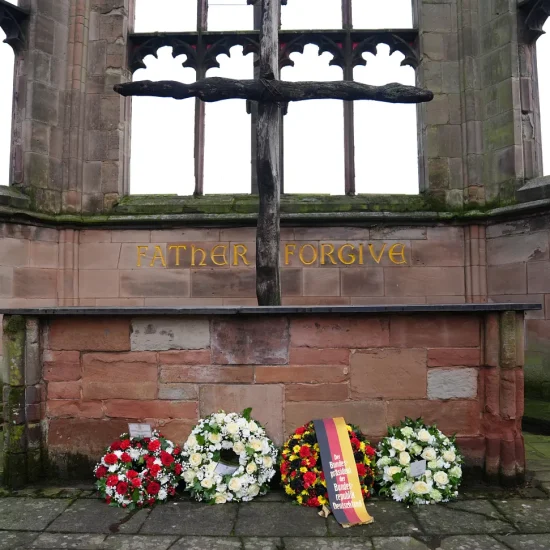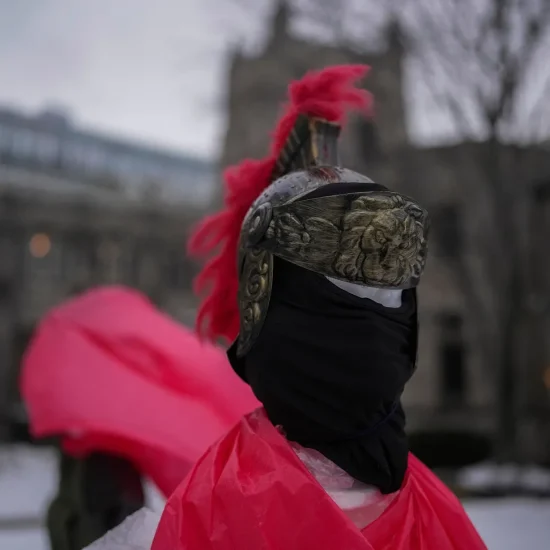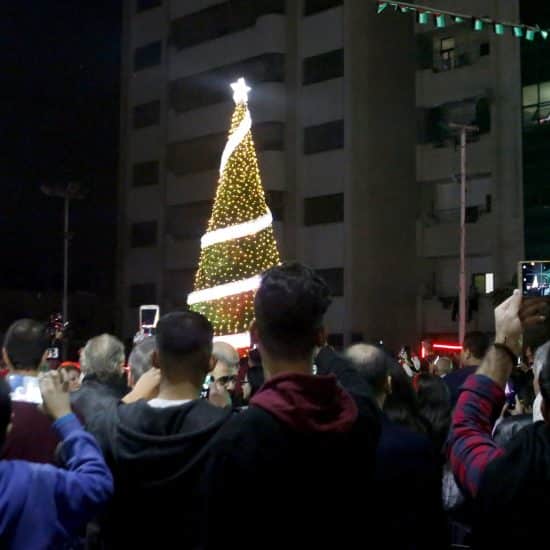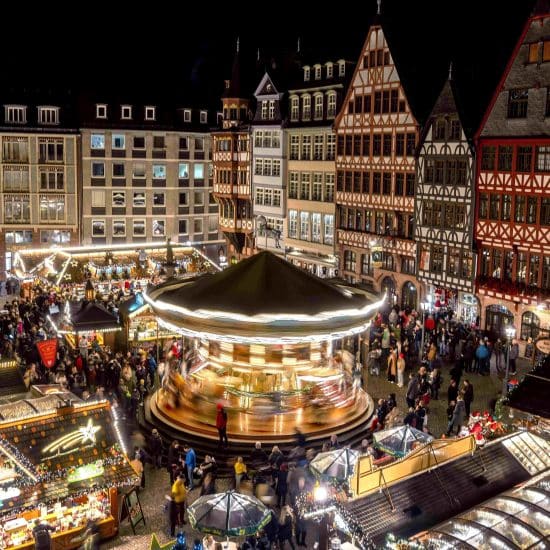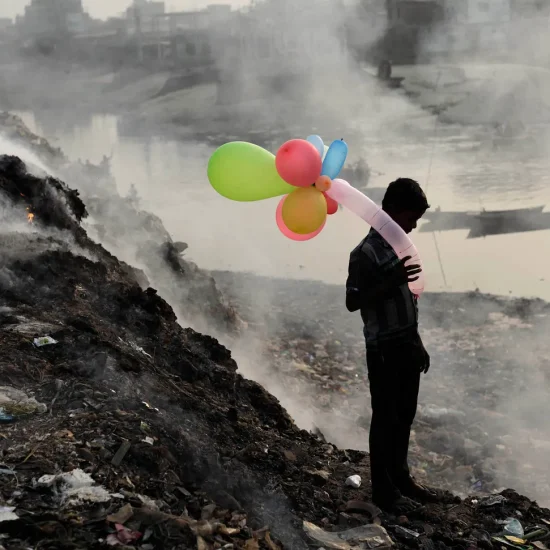VIENNA—Twinkling lights. Decorated trees. The smell of fresh-baked treats coming from the kitchen and the sound of church bells and “Silent Night” floating through the crisp winter air.
Think of Christmas in Austria, and these are all things that immediately come to mind. However, there is a darker side of Christmas and yuletide tradition that finds its home in the Alpine region of Europe.
It is the legend of the Krampus.
While Americans are familiar with the beloved character of Santa Claus, Santa’s European counterparts are not always as beloved.
According to legend, St. Nicholas travels throughout Europe each year on Dec. 6, bringing good children candy and other treats. However, before Nicholas can arrive to reward the good children, the naughty children must be punished. This is the job of Krampus — the hell-bound companion of St. Nicholas.
While known by other names across Europe such as Schmutzli, Klaubauf and Black Pete, Krampus usually is depicted as a devil or demonic beast with horns, a tail and cloven hooves.
Tradition holds that children who have not been well behaved will be swatted with switches and chains and the worst offenders will be put into a sack and dragged to the demon's fiery lair.
Krampus traditionally comes on the evening before St. Nicholas Day and is known as Krampusnacht, or Night of Krampus.
In many of the mountainous regions of Austria and other European countries, the coming of Krampus is a community celebration. Many towns stage a Krampuslauf (Krampus Run) where townspeople bring their children and line the streets to see men and women dressed as the demonic Krampus.
For a period of time this ancient tradition, born in the pagan roots of the Winter Solstice that are tied closely with Christmas, seemed to be fading. However, the observation of Krampusnacht is seeing a resurgence — and not just in the Alpine region of Austria.
This year marked the 6th anniversary of the Krampuslauf in the Hirschetten section of Vienna, a residential portion of the city located northeast of where the Danube River flows through the city.
Organizers said the event began in Vienna after a local family became enthralled with the Krampus tradition while spending time in Western Austria. Upon moving back to Vienna, they revived the tradition of the Krampuslauf in the residential community.
“This will be our biggest event yet,” Florean Koller said. “We have close to 100 participants and are expecting around 6,000 people from the community to come out for this.”
Koller explained that although there are only 15 members in the hosting group, there are Krampus groups located throughout the country that come together to participate in these events.
“We have a big community of Krampuses,” Kohler said.
In addition to Krampuses, participants dress as witches, fire breathers and other demonic characters.
Krampus costumes usually are handmade and consist of suits made of goat or sheep skin. Typically the Krampus actors will have large metal bells strapped to their belts and will carry bundles of sticks and chains to torment onlookers.
It is not uncommon for the actors to cross the barricades to swat spectators with switches or even snatch children from the arms of their parents and carry them down the parade route before returning them to their families.
Kohler explained that just as American children believe in Santa, Austrian children believe in St. Nicholas and the Krampus. “It’s a really nice tradition,” he said. “It is good for the children to believe. It helps them to think about Nicholas before Christmas.”
Kohler added that Austrian children do not believe their presents on Christmas morning were left “by a fat guy on the roof” but rather are left by the Christ Child who visits each home and leaves presents for the family. “Nobody knows how he gets into the house or where the presents come from.”
Although Kohler said Austrians know the story of the Christmas child — Jesus — who was the son of Mary and Joseph, “Nowadays we believe in the parcels and the presents we get,” he said.
“I think today is going to be a party, nothing else,” Kohler said. “This tradition is not really from Vienna, but it has grown over the years and is now one of the biggest Krampus events in the country.”

